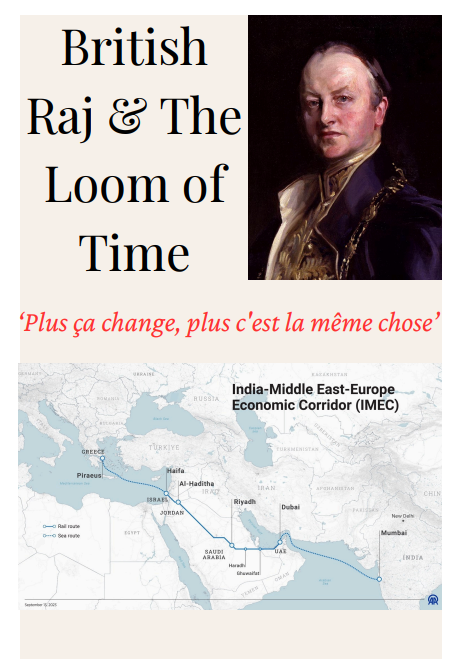British Raj & The Loom of Time
By Ved Shinde

Presentation Abstract
For centuries, the southwest monsoon winds have facilitated a rich exchange of people, commerce, and culture between the Persian Gulf littoral and the Indian subcontinent. Sheikhdoms and states bordering the Persian Gulf were part of British India’s informal empire in Asia from the nineteenth century. After India’s independence in 1947, this loosely bound strategic sphere lost its pre-1947 coherence. This article argues that a largely unacknowledged and implicit legacy of the British Raj continues reverberating in contemporary Indian foreign policy towards the Gulf. British India’s military expeditions in the Middle East during the two World Wars and the ideas expounded by practitioners such as Lord Curzon and Olaf Caroe exemplify the legacy of the Raj. This legacy, often unarticulated, diminished in the first four decades after India’s independence, but is gradually reemerging after 1991. Since 2014, the legacy of the Raj has become more pronounced in Indian foreign policy. To be sure, independent India is not an imperial power with colonial interests. The contemporary context is dramatically different. Yet, a distinct and implicit geopolitical legacy endures
About the Author

Ved Shinde is an Indian researcher and writer on international affairs and history. He has an MPhil in Politics and International Studies from the University of Cambridge. He has also read politics and economics for his undergraduate degree from St. Stephen’s College, University of Delhi. In the past, he has been associated with the Asia Society Policy Institute, New Delhi and the American Enterprise Institute, Washington DC. Ved writes a regular column for the Lowy Institute and has written for peer-reviewed journals and international media outlets in the past.
